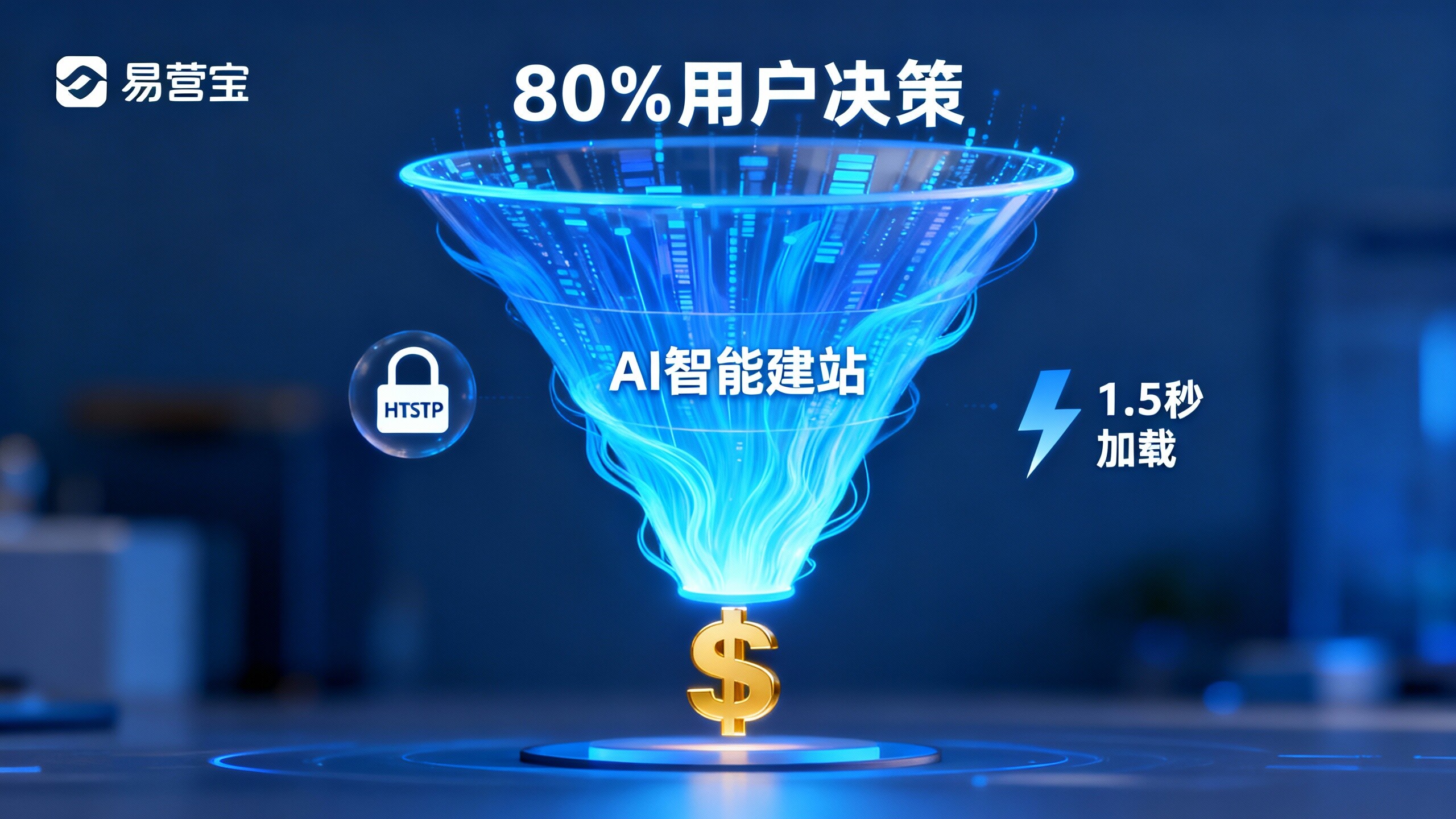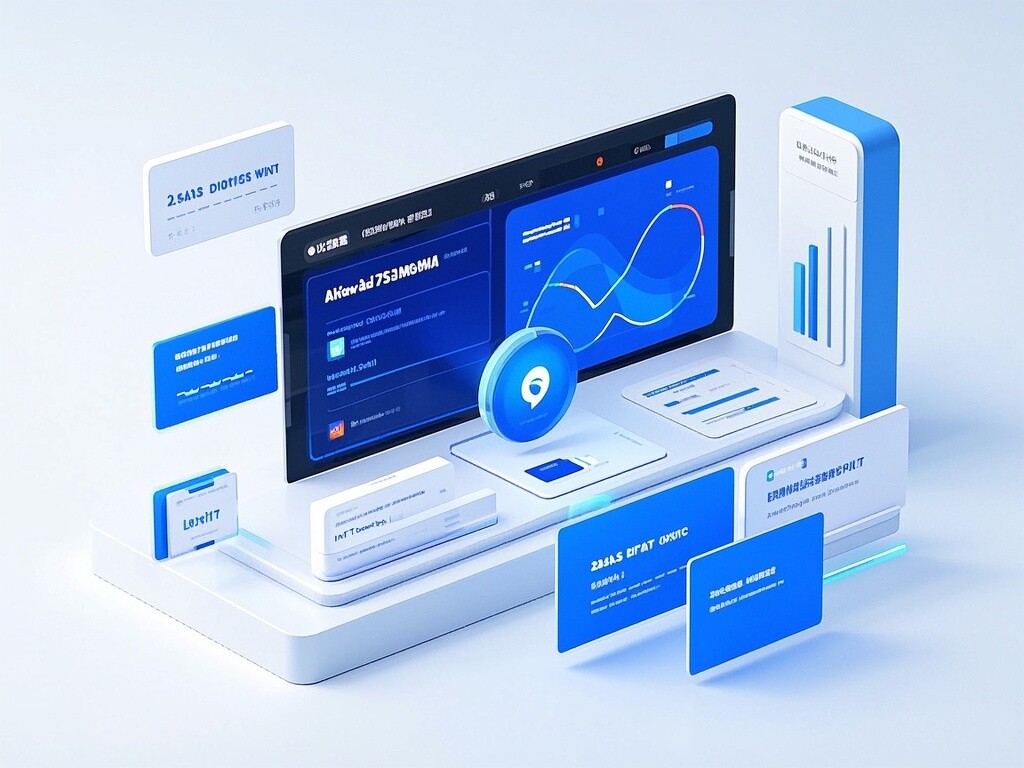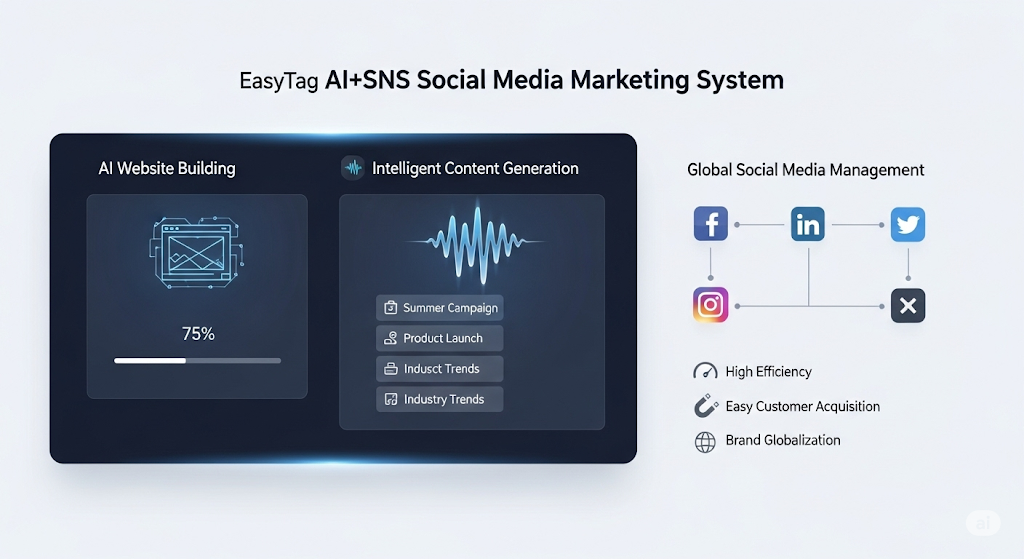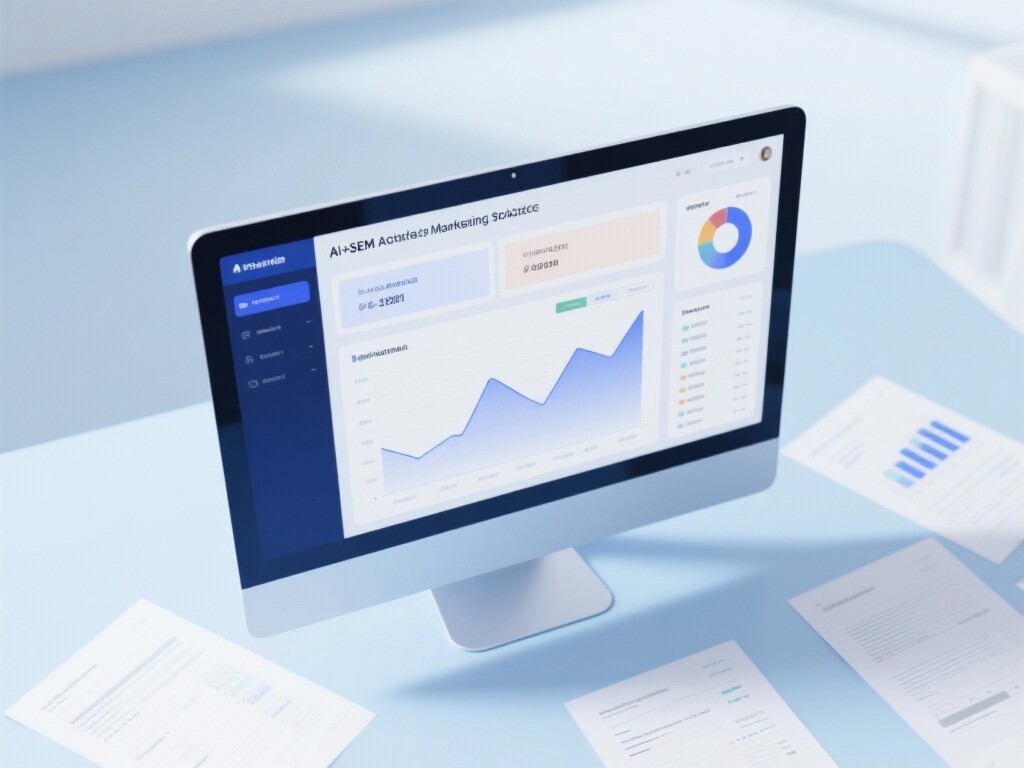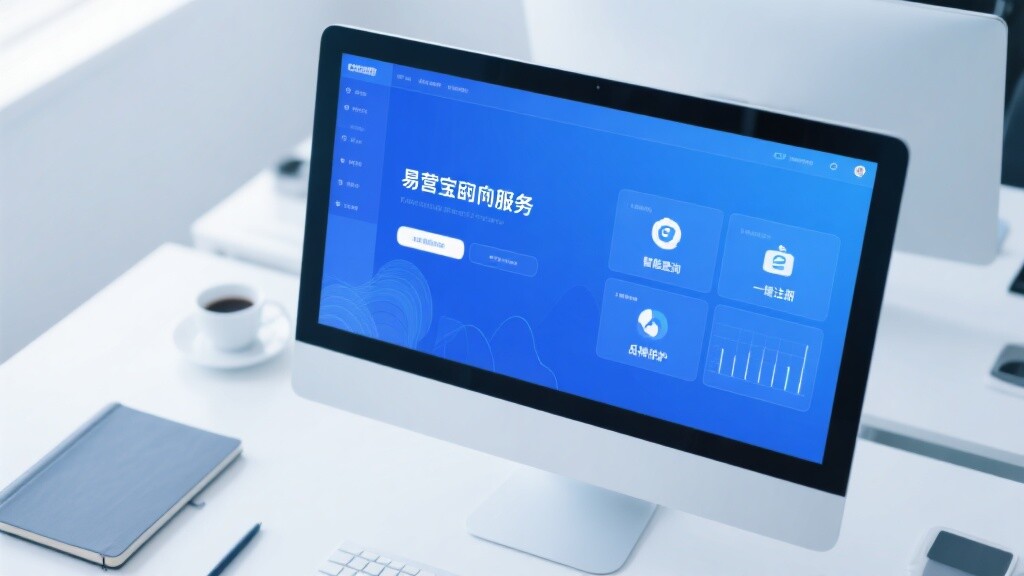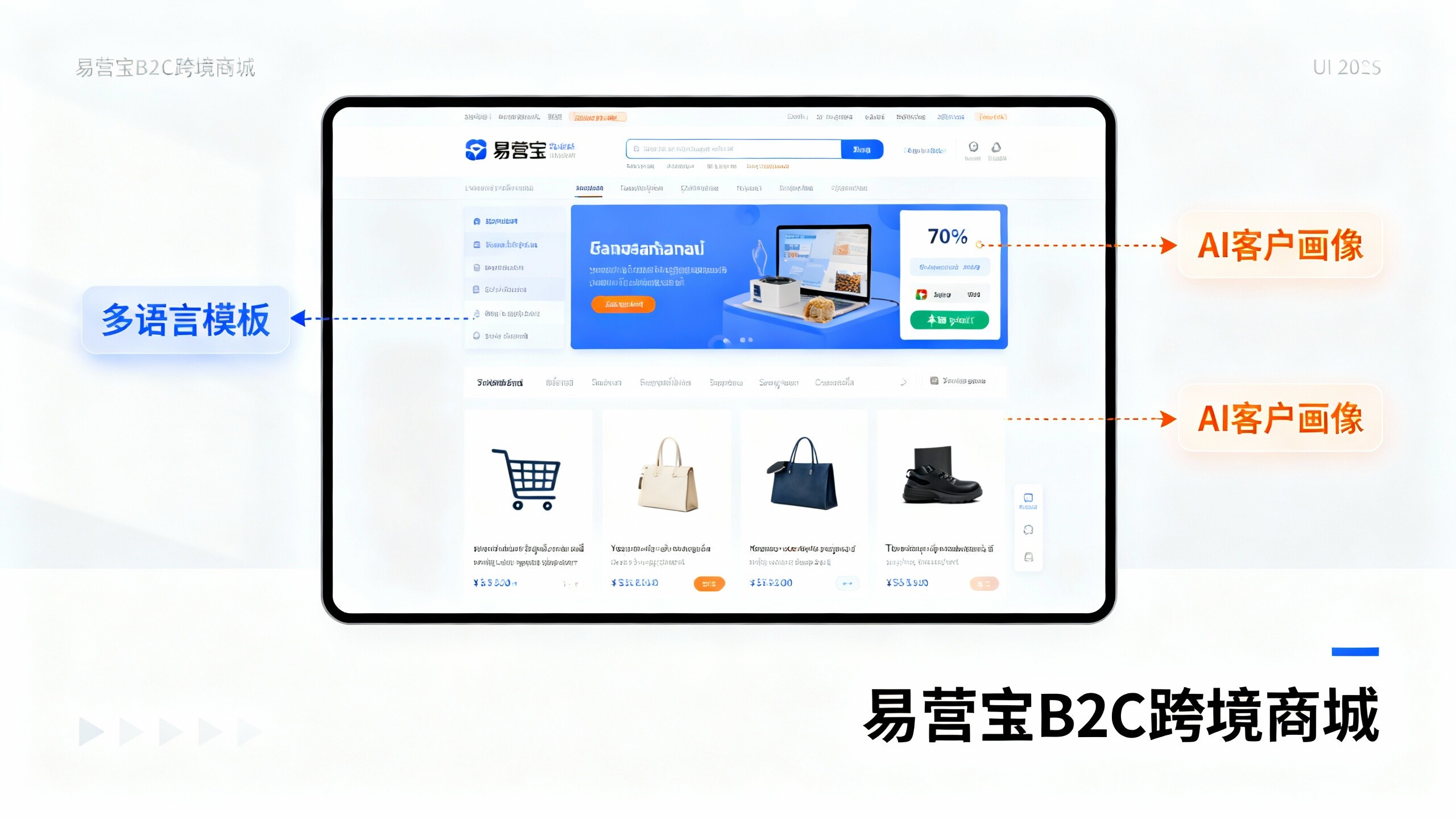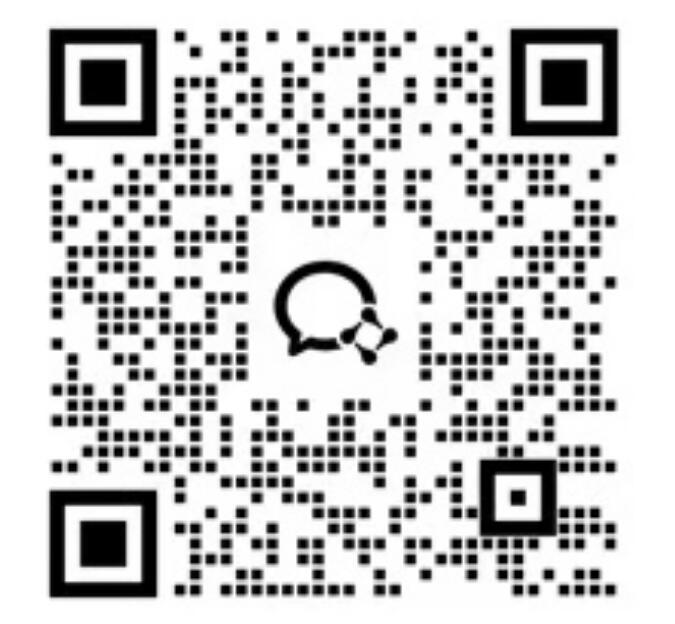- Why Must Foreign Trade Enterprises Have Independent Websites in 2024? Market Trend Analysis2025-12-20View details
- 0000 Smart Website Building Platform Industry Discussion: Which Platform Has the Shortest and Most Reliable Delivery Cycle?2025-12-20View details
- Smart Website Industry Analysis: 2024 B2B Market Trends and Selection Guide2025-12-19View details
- IDC SaaS Platform User Satisfaction Survey: Which Platform Offers the Most Considerate After-Sales Service?2025-12-19View details
- Is the cost of building a foreign trade independent website high? How does the budget impact multilingual support for different languages?2025-12-19View details
- How to Improve Inquiry Quality Through B2B Standalone Site Optimization + Multilingual Website in 2025: Google SEO Practical Methods2025-12-18View details
- B2B Website Comparison: Facebook Marketing vs Google Advertising Which Improves Inquiry Quality and ROI2025-12-19View details
- AI Advertising Platform Selection Guide: Cost, Effectiveness, and Platform Stability Comparison2025-12-19View details
Independent station operation novice must see Google Ads placement pit avoidance full strategy
How can a beginner running an independent website efficiently run Google Ads? Avoid common pitfalls, master the secrets to precise traffic generation, and combine multilingual SEO with overseas social media operations to achieve low-cost, high-conversion growth.
As Chinese companies accelerate their overseas expansion, more and more brands are choosing to build global businesses through independent websites. However, for novice independent website operators, Google Ads, as a core search engine marketing tool, is both a crucial entry point for acquiring targeted traffic and a cost black hole where pitfalls are most likely to occur. Data shows that over 60% of beginners experience an ROI below 1:1.5 in their first month of advertising campaigns due to improper strategies, and some even experience rapid budget depletion without effective conversions. This article will systematically break down five typical pitfalls in Google Ads campaigns and provide actionable optimization paths to help B2B and B2C business owners and digital marketing professionals improve campaign efficiency. By combining multilingual SEO with overseas social media operations (such as Facebook ads, TikTok operations, and LinkedIn marketing), a sustainable global customer acquisition system can be built.

1. Disorganized account structure: A fundamental mistake that beginners often overlook.
Many novice independent website operators, when starting Google Ads campaigns, often rush to launch ads while neglecting account structure design. A common practice is to cram all products or services into a single ad campaign, mix keywords, not segment ad groups, and use only one type of match. Ultimately, this leads to the system being unable to accurately identify user intent, misaligned ad display, and soaring cost per click.
A scientific account structure should follow the "pyramid model": the top layer is the campaign, divided by target market or product line; the middle layer is the ad group, focusing on specific themes or keyword clusters; and the bottom layer is keywords and ad creatives, ensuring high relevance. For example, a company mainly selling industrial equipment can set up two campaigns: "North American Market - English Website" and "Southeast Asian Market - Chinese Website," with each campaign further subdivided into ad groups such as "High-Pressure Pumps" and "Filtration Systems," achieving precise three-dimensional control based on region, language, and product.
Furthermore, misuse of keyword matching types is extremely common. While broad match can bring a lot of exposure, it is very easy to introduce invalid traffic. Beginners are advised to start with "phrase match" or "exact match," and use a negative keyword list to filter irrelevant search terms. For example, when promoting high-end custom furniture, adding "free," "second-hand," and "DIY" as negative words can significantly reduce low-quality click-through rates.
Leveraging an AI-driven, one-stop intelligent marketing platform, businesses can automatically analyze account health through built-in AI advertising diagnostic tools, identifying issues such as structural redundancy and keyword conflicts, and generating optimization suggestions. For example, one of YiYingBao's cross-border e-commerce clients saw a 47% increase in CTR and a 32% decrease in cost per conversion after restructuring their account.
II. Neglecting the landing page experience: The core problem of high click-through rates ≠ high conversion rates

Even with good ad click-through rates, conversions will still be difficult to achieve if the landing page cannot handle the traffic. Many independent websites suffer from slow page loading, unclear information, and vague calls to action (CTAs), especially on mobile devices. Google research shows that for every second of delay in page loading, conversion rates drop by 7%; beyond 3 seconds, bounce rates exceed 50%.
Optimizing landing pages requires a three-pronged approach: First, technical performance. Ensure your independent website is deployed on global CDN nodes, supporting automatic SSL encryption and DDoS protection to guarantee stable access. Second, content matching. The core selling points in your advertising copy must be presented on the first screen of the page to avoid any discrepancies in user perception. Finally, conversion path design. Features such as shopping cart pop-ups, inquiry forms, and one-click dialing should be simple and intuitive.
For businesses that simultaneously engage in wholesale and retail operations, the B2B2C dual-mode independent website solution provides multi-specification management of products and unified batch inquiry functions, enabling B-end customers to quickly submit procurement needs, while C-end users enjoy a standard shopping process, truly achieving dual-track parallel operation and efficient reach.
At the same time, the synergistic effect of multilingual SEO cannot be ignored. Independent websites that rely solely on English content will miss out on the enormous potential of non-English speaking markets. By integrating an AI translation engine, real-time multilingual switching can be achieved, and combined with localized keyword placement, organic rankings in Google international search can be improved, forming a closed loop of "paid + organic" traffic generation.
III. Homogeneity of Creative Materials: Difficulty in Breaking Through the Red Ocean of Competition
In the fiercely competitive overseas market, the quality of advertising creatives directly determines click-through rates and brand image. However, most newcomers still use a combination of static images and generic copy, lacking differentiated expression, resulting in high ad fatigue and a continuously declining CTR.
Modern search engine marketing has entered the "era of intelligent creativity." AI technology can analyze massive amounts of high-conversion creative materials to automatically generate advertising slogans and visual elements that match the preferences of different audiences. For example, industrial product advertisements targeting European and American consumers can emphasize "precision engineering" and "24/7 support," while consumer products targeting the Southeast Asian market can highlight "affordable price" and "fast delivery."
EasyCreative Factory Mode supports AI-generated images, dynamic keyword insertion, and batch generation of multilingual ads, helping businesses automate the iteration of creative materials across multiple channels such as Facebook ads, TikTok operations, and LinkedIn marketing. After using this feature, a medical device client saw their average CTR for ad groups increase from 1.8% to 4.3%, and their ad approval rate improve by 90%.
Furthermore, video content is becoming a core medium for emerging platforms such as TikTok and YouTube Shorts. It is recommended to incorporate real customer case studies and product demonstration animations to enhance emotional resonance and trust. Regularly A/B test different versions of titles, images, and CTA buttons to continuously optimize creative performance.
IV. Lack of Data Insight: Blind Adjustments Fail to Yield Results
Google Ads offers a wealth of data dimensions, including search term reports, device performance, time-of-day distribution, and geolocation effectiveness. However, many operators focus only on "clicks" and "spending," neglecting in-depth attribution analysis, leading to misguided optimization strategies.
It is recommended to establish a standardized data monitoring system, focusing on the following metrics: Conversion Rate, Cost Per Conversion (CPA), Return on Ad Spend (ROAS), and Search Impression Share. By comparing the performance of different ad groups, high-potential keywords and inefficient ad placement periods can be identified.
By leveraging big data analytics capabilities, businesses can integrate behavioral data from Google Ads, social media platforms, and independent websites to build a complete user journey map. For example, if a group of B2B clients from LinkedIn marketing are found to have higher cost-per-click but significantly higher average order value, then an appropriate increase in budget should be allocated to them.
As a Google Premier Partner and official Meta agent, EasyCare platform supports cross-channel data integration and intelligent attribution modeling, helping enterprises achieve "data-strategy-execution" response in seconds and say goodbye to the era of making decisions based on experience and gut feeling.
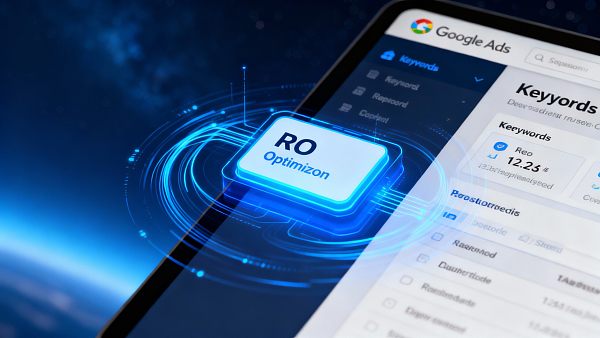
Summary and Action Guidance
Operating an independent website is a systematic project, and Google Ads is just one crucial part of it. Only by avoiding the four major pitfalls—chaotic account structure, poor landing page experience, homogenized creative content, and data blind spots—can businesses truly achieve sustainable growth with low costs and high conversion rates. By combining multilingual SEO strategies with overseas social media operation strategies, businesses can build brand awareness across diverse channels such as Facebook ads, TikTok operations, and LinkedIn marketing.
Leveraging its AI-driven, one-stop intelligent marketing platform, YiYingBao has helped over 100,000 businesses complete the entire upgrade process from website building to customer acquisition. Whether you're a startup or a mature enterprise, you can significantly improve operational efficiency through intelligent tools. Learn more about our B2B2C dual-mode independent website solution now to break down channel barriers and achieve domestic and international market expansion and brand value enhancement.
To learn more about global growth solutions, please visit our website or contact our professional advisory team to begin your smart global expansion journey.
- Campbell (name)
- free-standing station
- TikTok Operations
- Multilingual SEO
- Overseas social media operations
- Overseas social media
- AI translation
- AI translation engine
- LinkedIn Marketing
- Click-through rate
- Independent website operation
- Search Engine Marketing
- Youtube
- Facebook Ads
- TikTok
- Google Ads
- SEO
Related Articles
Related Products



